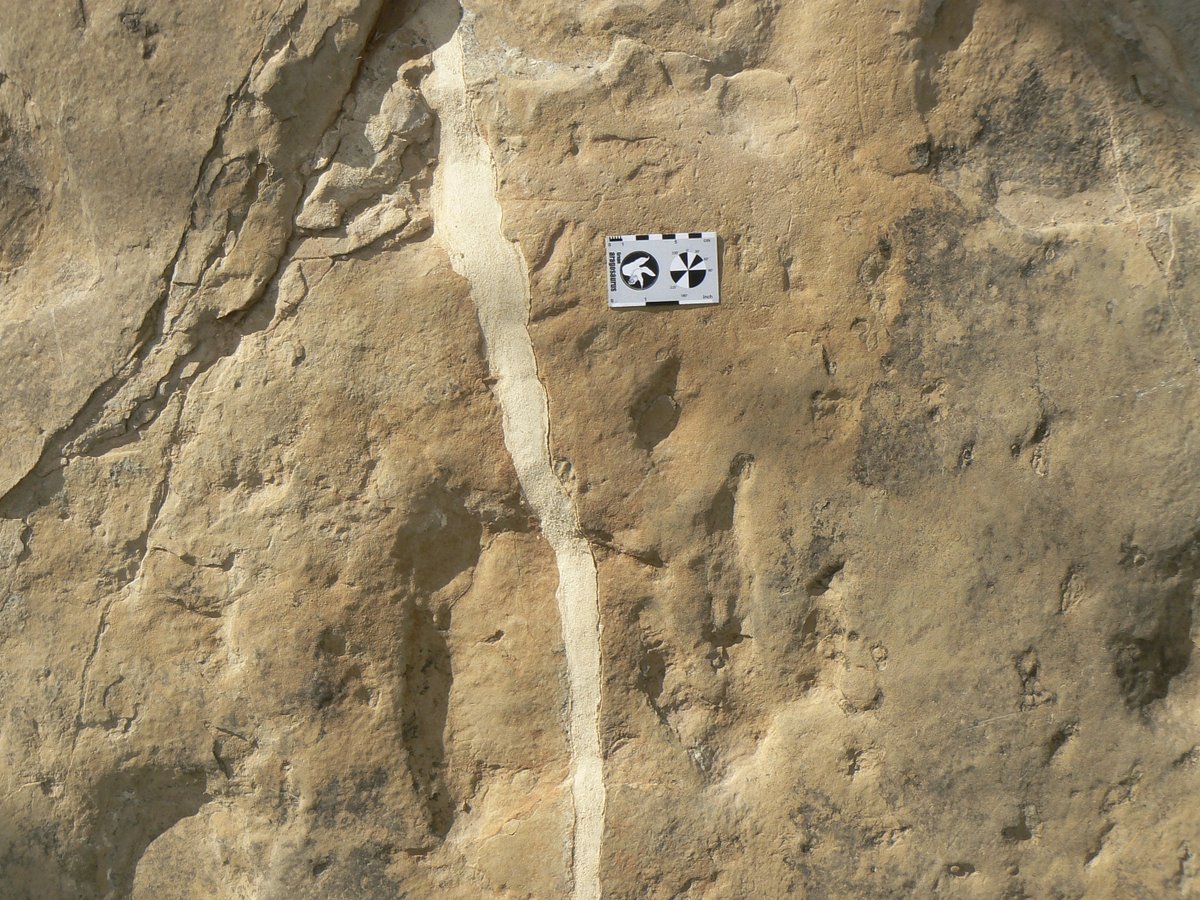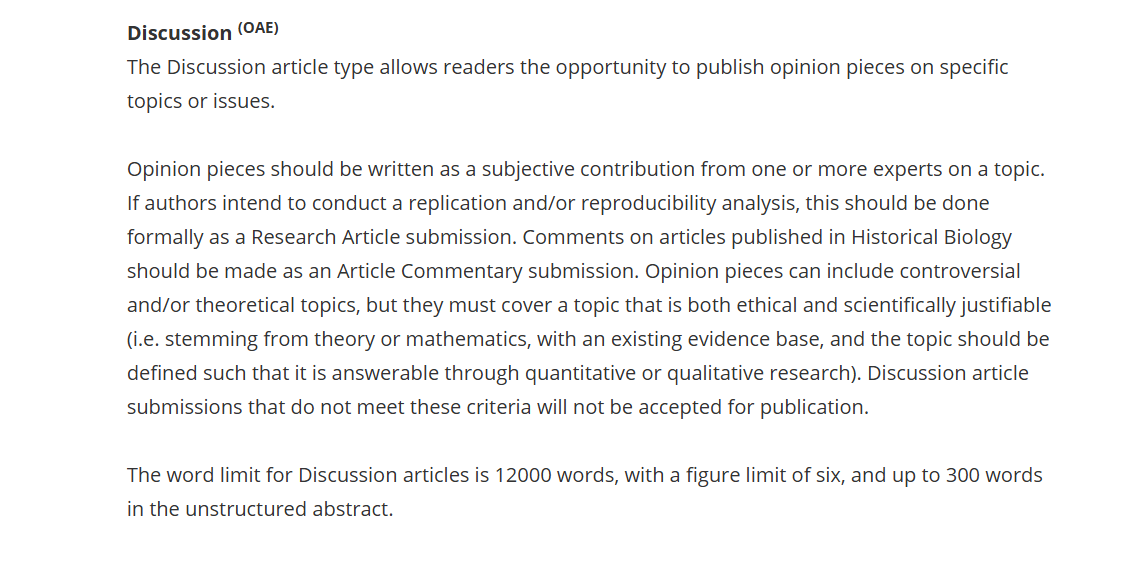
Historical Biology
@histbiol
Publishes papers on developments in the sciences concerning the history of life through geological time and the biology of past organisms.
ID: 1884659641113550848
https://www.tandfonline.com/journals/ghbi20 29-01-2025 17:47:42
27 Tweet
41 Followers
35 Following



📣Editor spotlight Prof Steve Brusatte is a professor of vertebrate palaeontology at the University of Edinburgh, specialising in the evolution of dinosaurs, pterosaurs & mammals. He has written best-selling books & is the main consultant on the Jurassic World films 🦖



This article highlight: book reviews📜 This article may be used to review or analyse books from our field. Reviews will typically be written by our Book Review Editor Darren Naish but may also be written by guest contributors. Find all details on website: tandfonline.com/action/authorS…

































